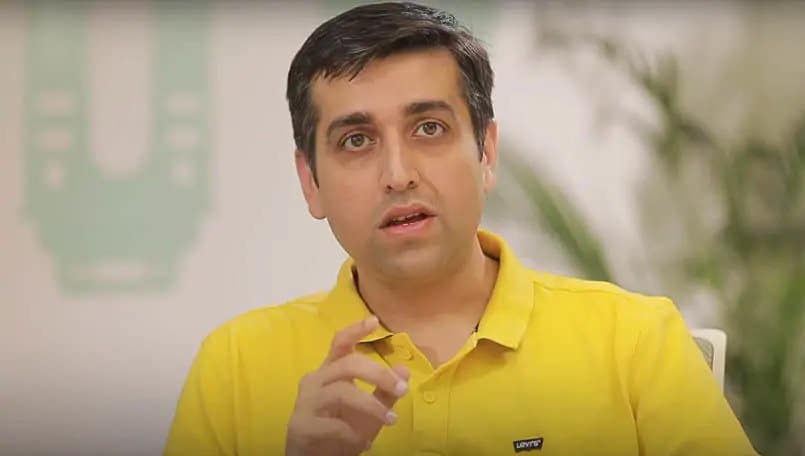From alerting Google Maps users when their vehicle goes off-route to partnering with the Ministry of Housing and Urban Affairs for the “Loo Review” campaign, the bullish search engine giant has had a history of building India-first features for the world’s second-largest population.
India also has the second-biggest digital market and the Internet population of over 500 million is expected to touch 650 million by 2020.
Especially targeted at the vernacular audience, in 2014, Google introduced “Voice Search” in the country, which let users speak in Hindi to navigate the web.

Google’s virtual assistant — Google Assistant – can now read web content in 28 regional languages including Hindi, Bengali, Malayalam, Marathi, and Tamil.
Earlier in July, Google Maps added three new features for Indian users to help them discover local experiences and get recommendations that are personalised for better dining experience, including an “Offers” section to help them find deals and claim them at restaurants in 11 cities.
In another first, Google teamed up with Cisco to roll out free, high-speed public Wi-Fi access in India, an initiative aimed at the next billion users of the Internet.
“By focusing on voice and vernacular, Google is innovating for a new generation of mobile-first, and mobile-only Internet users, connecting the unconnected, and enabling them to access and experience, Google’s suite of products and platforms,” Prabhu Ram, Head, Industry Intelligence Group (IIG), CMR, told IANS.
“Innovating for India’s digital surge provides Google with opportunities to experiment, iterate, fail-fast, as well as scale successful made-in-India solutions globally,” noted Ram.
Source: LiveMint



